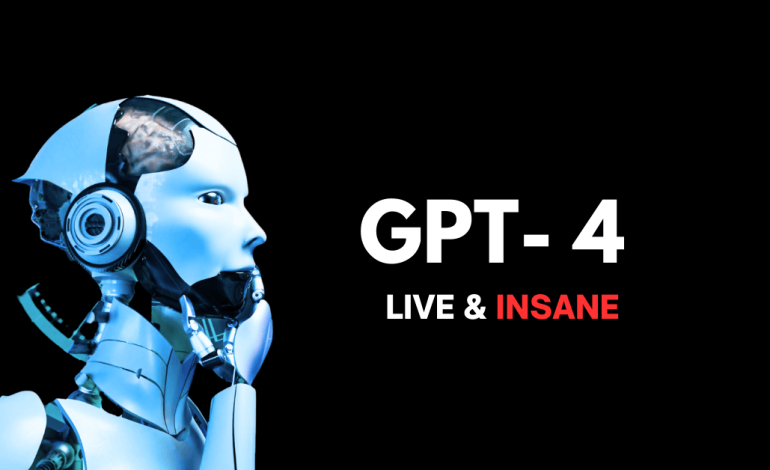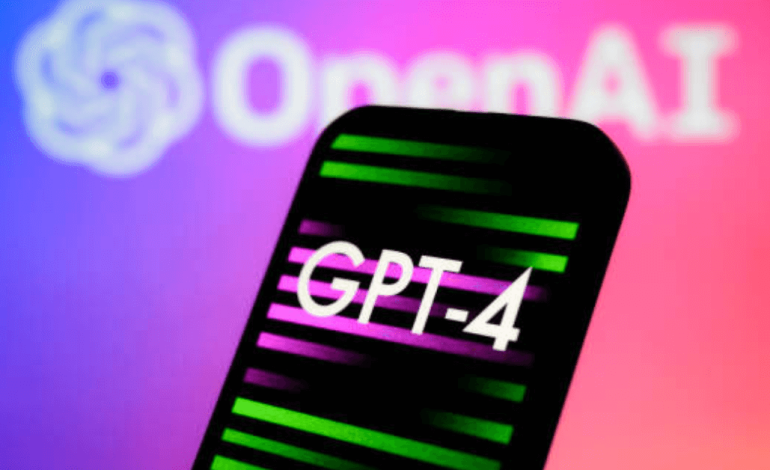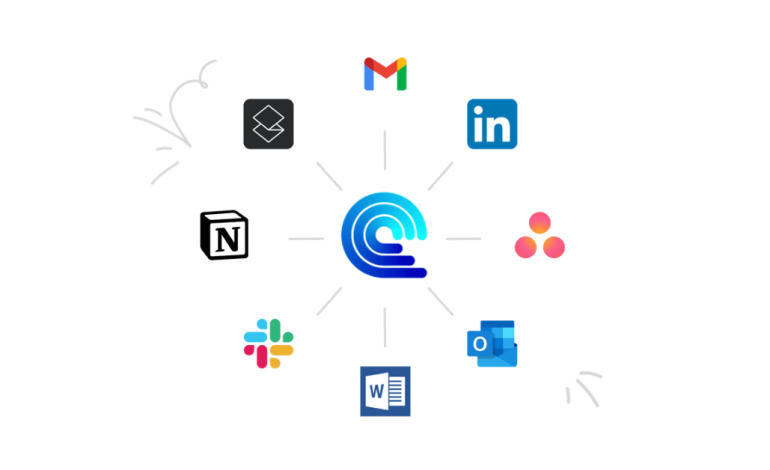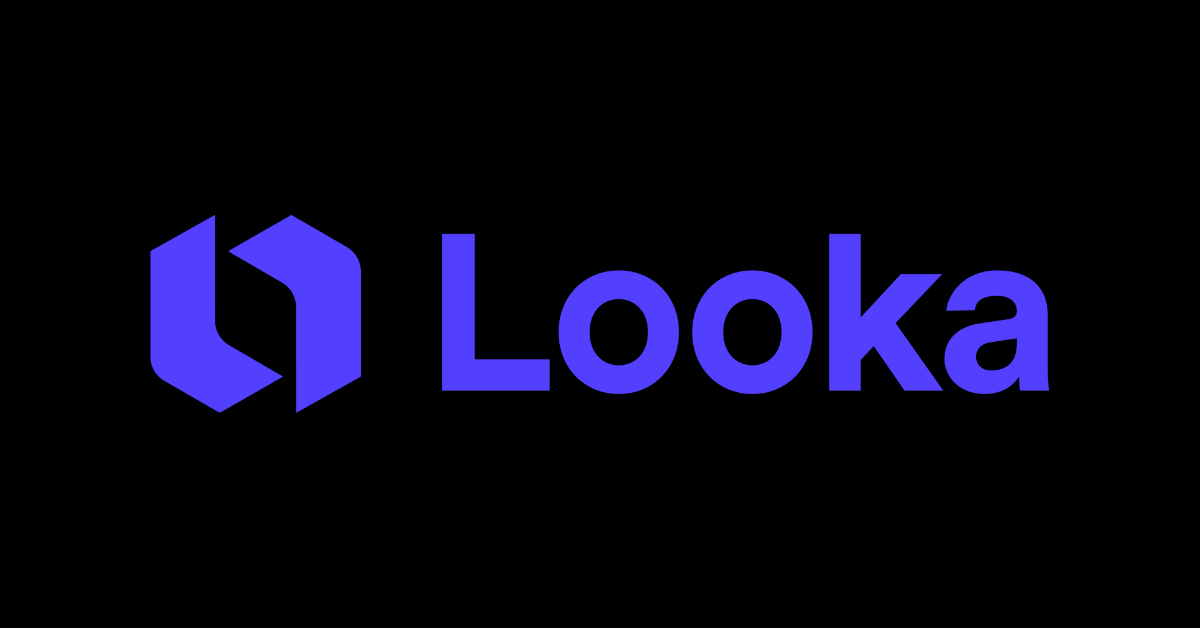
Unraveling GPT-4: The Next Frontier in AI Language Models
Artificial Intelligence (AI) continues to advance at an unprecedented pace, and one of the most anticipated developments in the field is the arrival of GPT-4, the latest iteration of OpenAI’s groundbreaking language models. In this article, we’ll delve into the intricacies of GPT-4, exploring its potential, differences from its predecessors, and the implications for the future of natural language processing.
Chapter 1: What is GPT-4?
GPT-4, short for Generative Pre-trained Transformer, stands as the pinnacle of OpenAI’s language model series. Much like its predecessors, GPT-4 is designed to generate human-like text across a spectrum of topics. What sets it apart is its sheer scale, boasting an expected 10 trillion parameters – a colossal leap from GPT-3’s 175 billion parameters. This increase in size holds the promise of generating even more sophisticated and nuanced language.
Chapter 2: What Makes GPT-4 Different?
The primary differentiator for GPT-4 lies in its unprecedented size. The tenfold increase in parameters not only signifies a vast expansion in its processing capabilities but also hints at potential shifts in its training methods. Unlike previous models that were primarily trained on vast amounts of text from the internet, GPT-4 might embrace a more diverse range of data sources, including images, videos, and audio. This multi-modal approach could enhance its understanding of the world, leading to more contextually aware language generation.
Chapter 3: The Potential of GPT-4
With increased size and power, GPT-4 opens doors to a myriad of possibilities in natural language processing. Imagine a world where machine translation reaches new heights of accuracy, sentiment analysis becomes more refined, and chatbots engage in conversations indistinguishable from human interactions. The potential applications are vast and have the capacity to reshape how we interact with AI systems.
Chapter 4: The Risks of GPT-4
As we marvel at the capabilities of GPT-4, it’s essential to address the ethical considerations associated with such powerful language models. The ability to generate highly convincing text raises concerns about potential misuse, such as the creation of fake news or deepfakes. Responsible development and utilization of GPT-4 are critical to ensure its positive impact on society.
Chapter 5: The Future of Natural Language Processing
GPT-4 signifies a significant leap forward in natural language processing, paving the way for a future where communication is more accurate and machine-generated content becomes indistinguishable from human-created text. As language models continue to evolve, they are poised to transform the way we communicate and understand each other.
Conclusion:
In conclusion, GPT-4 represents the next frontier in AI language models. Its colossal size and potential new training methods promise a new era in language processing. However, with great power comes great responsibility. It is imperative to approach the development and utilization of GPT-4 with a critical eye and a commitment to ethical and responsible AI. The future holds exciting possibilities, and GPT-4 is at the forefront of shaping the landscape of natural language processing. Stay tuned for more insights and developments from the ever-evolving world of AI.





